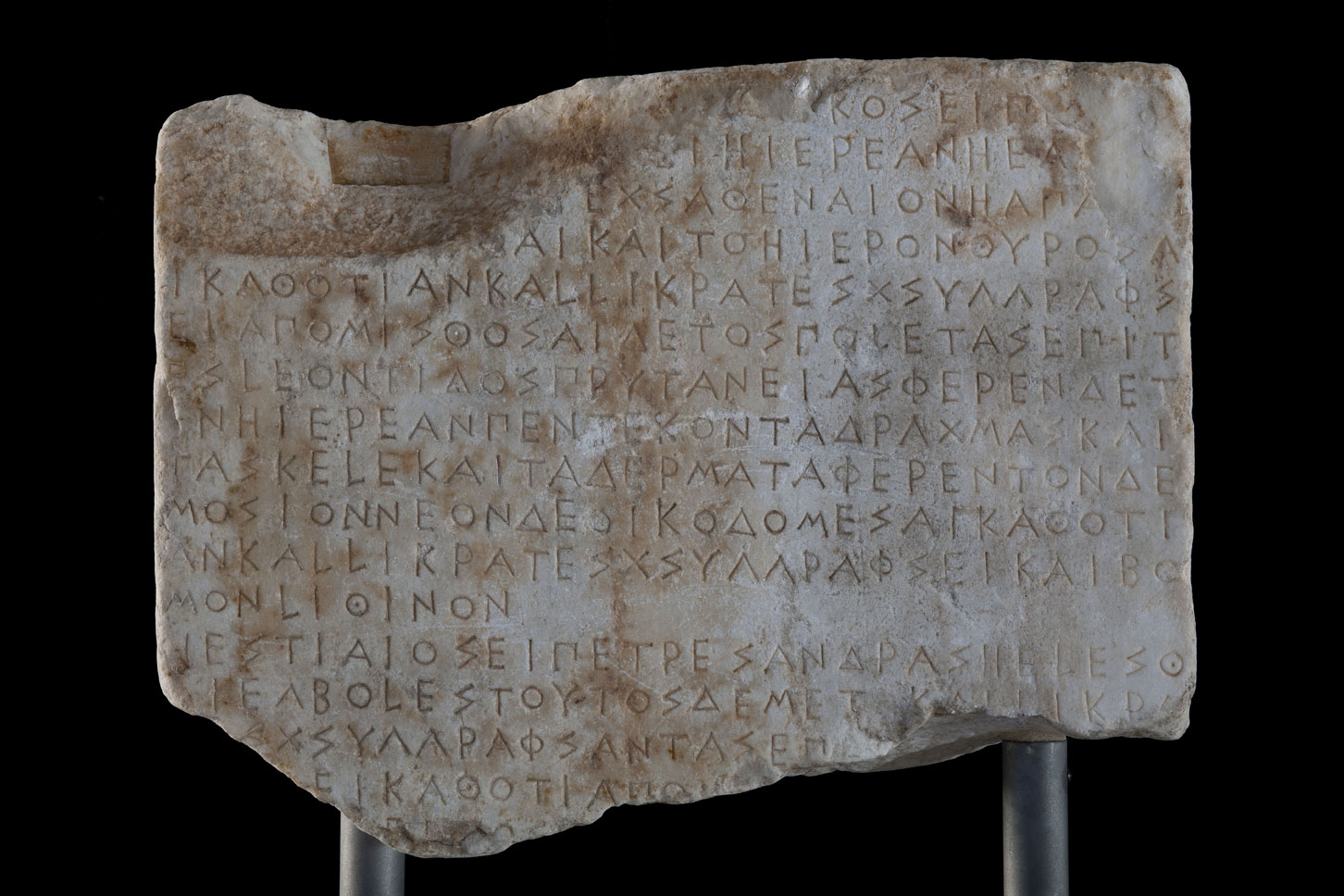
THE PLANNING STAGES
T he procedures of planning and designing the temple are best known from Athens, where the democratic regime had elaborated institutions for all public matters. In general terms, the procedure was following these stages:
- Proposal of an often prominent citizen towards the Assembly of Citizens or another institutional body for the need of this particular project
- Proposal's adoption with or without modifications
- Appointment of a supervisors committee, the temple - builders and selection of an architect who would draw up the exact specifications, that is the technical description of the project
- Approval of the technical description by the Assembly of the Citizens
- Preparation of the construction site by hiring craftsmen and workers or contractors to undertake the project or parts of it
- Supervision of the project by the temple-buliders comitee and the architect, excercising detailed control and authorizing the payment of contractors or craftsmen and workers

BUILDING INSCRIPTIONS
B uilding inscriptions engraved on marble stelai contained decrees that had been issued by the Assembly of the Citizens, and concerned a specific project. In addition to the type and size of the project, they included regulations for the execution process, and thus help us understand the work organization and the amount of money spent on various sub-projects.
In these documents we have detailed obligations of contractors and craftsmen, accounts, committee reports, descriptions, specifications for initial or resulting works, etc.


T hese texts were engraved on marble stelai in two copies to be displayed in public areas. In this way every citizen could be informed about the project, since great sensitivity prevailed in public matters.
